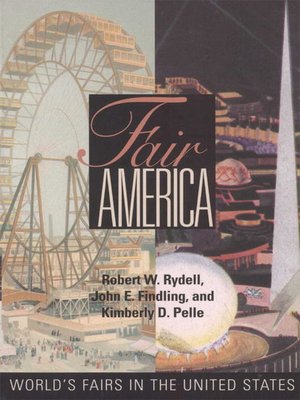
Sign up to save your library
With an OverDrive account, you can save your favorite libraries for at-a-glance information about availability. Find out more about OverDrive accounts.
Find this title in Libby, the library reading app by OverDrive.



Search for a digital library with this title
Title found at these libraries:
| Library Name | Distance |
|---|---|
| Loading... |
Since their inception with New York's Crystal Palace Exhibition in the mid-nineteenth century, world's fairs have introduced Americans to “exotic” pleasures such as belly dancing and the Ferris Wheel; pathbreaking technologies such as telephones and X rays; and futuristic architectural, landscaping, and transportation schemes. Billed by their promoters as “encyclopedias of civilization,” the expositions impressed tens of millions of fairgoers with model environments and utopian visions.
Setting more than 30 world’s fairs from 1853 to 1984 in their historical context, the authors show that the expositions reflected and influenced not only the ideals but also the cultural tensions of their times. As mainstays rather than mere ornaments of American life, world’s fairs created national support for such issues as the social reunification of North and South after the Civil War, U.S. imperial expansion at the turn of the 20th-century, consumer optimism during the Great Depression, and the essential unity of humankind in a nuclear age.
Setting more than 30 world’s fairs from 1853 to 1984 in their historical context, the authors show that the expositions reflected and influenced not only the ideals but also the cultural tensions of their times. As mainstays rather than mere ornaments of American life, world’s fairs created national support for such issues as the social reunification of North and South after the Civil War, U.S. imperial expansion at the turn of the 20th-century, consumer optimism during the Great Depression, and the essential unity of humankind in a nuclear age.







